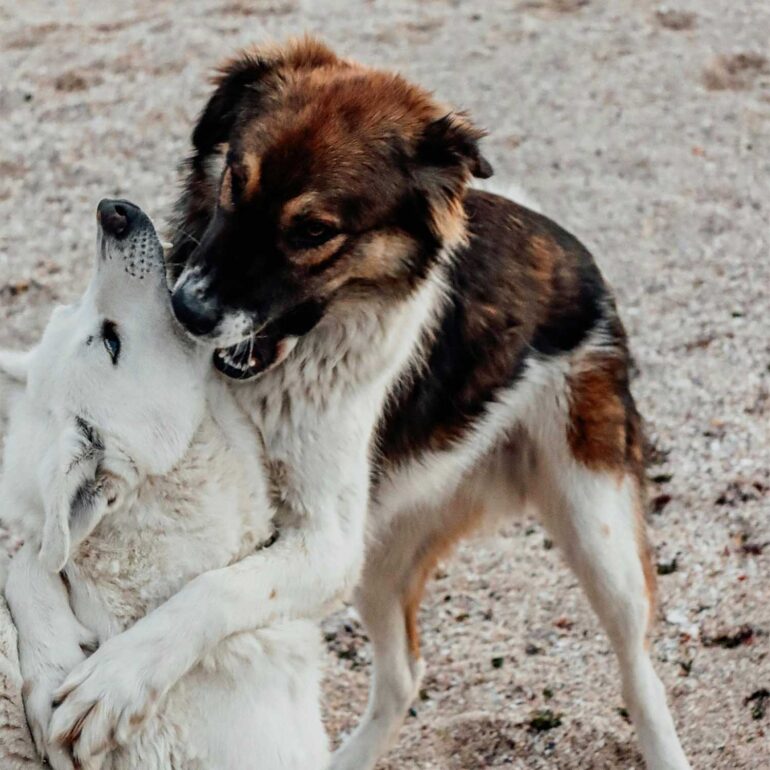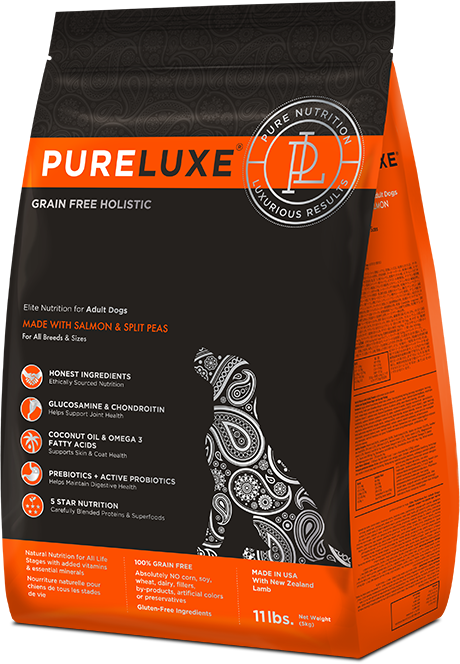Determining whether your dog is playing or fighting can be tricky, espe
Determining whether your dog is playing or fighting can be tricky, especially for new pet owners. While both behaviors involve physical contact, there are distinct cues that can help you differentiate between playful nips and aggressive bites.
Playful Nips
Playful nips are typically gentle and accompanied by other playful behaviors. Here are some signs that your dog is playing:
- Wagging Tail: A wagging tail is a strong indicator of happiness and playfulness.
- Loose Body: Your dog’s body will appear relaxed and loose, with ears perked forward or to the side.
- Playful Sounds: Dogs often emit playful sounds like barks, whines, or squeaks when they are playing.
- Yielding: If your dog is playfully nipping you, they will often yield when you say “ouch” or gently push back.
Aggressive Bites
Aggressive bites are usually harder and more forceful, often accompanied by signs of stress or fear. Here are some signs that your dog may be exhibiting aggressive behavior:
- Stiff Body: Your dog’s body may appear tense or rigid.
- Growling or Snapping: Aggressive dogs may growl, snap, or snarl.
- Pinned Ears: Ears that are pinned back or flattened against the head can be a sign of aggression.
- Avoidance: Aggressive dogs may try to avoid or escape a situation that they perceive as threatening.
How to Respond
- If your dog is playing: Reward them with praise or a treat. This will reinforce positive behavior.
- If your dog is exhibiting aggressive behavior: Seek professional help from a qualified trainer or behaviorist. They can help you understand the root cause of the aggression and develop strategies to manage it.
Preventing Aggressive Behavior
- Socialization: Expose your dog to a variety of people, dogs, and environments from a young age. This can help them become more confident and less fearful.
- Training: Basic obedience training can help your dog learn to respond to commands and control their impulses.
- Positive Reinforcement: Use positive reinforcement techniques to reward your dog for good behavior.
- Avoid Punishment: Punishment can often exacerbate aggressive behavior. Instead, focus on positive reinforcement and seek professional help if needed.
Remember, it’s important to consult with a veterinarian or animal behaviorist if you have concerns about your dog’s behavior. Early intervention can help prevent serious problems and ensure a happy and healthy relationship between you and your pet.




















